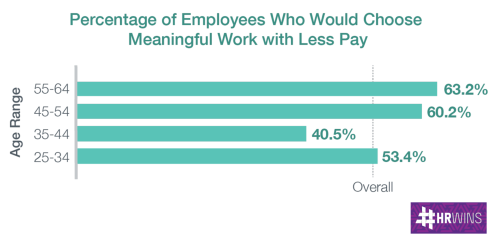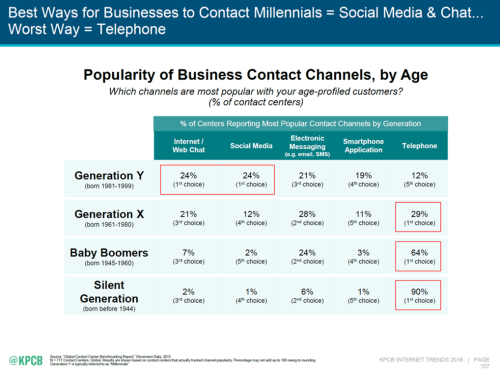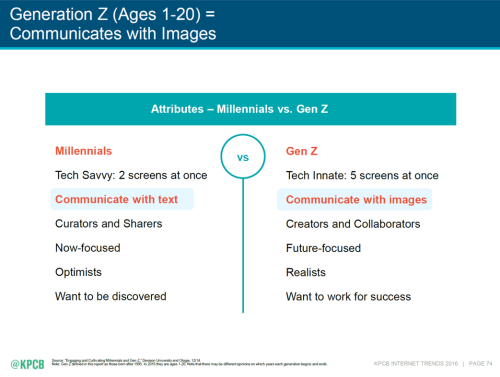
George LaRocque, Founder and Principal Analyst at #HRWINS, has published a new report that caught my eye. Where Purpose Meets Performance: Can HR Tech Solve Culture, is an interesting look at the culture challenges of the U.S. middle market (5,000 and fewer employees) which employs roughly 90% of the U.S. workforce.
Here’s where he grabbed me:
“Studies show that companies with performance enhancing cultures far out-perform those without it in terms of revenue growth, stock price growth, and net income growth. Yet, it remains nearly impossible to tie HR and people programs to business results. Business leaders and HR practitioners have looked to employee engagement as a measure of successful corporate culture but first even defining employee engagement presents a challenge. There have long been efforts to standardize its definition and measurement, and the result has been just the opposite. We’ve seen a proliferation of science and methods narrowly looking at everything from happiness to community embeddedness, social network analysis, motivation and incentives, collaboration, personality and culture assessments, and more.”
What follows is an interesting discussion, with 3 strong case studies, that shows how the acquisition and deployment of core HR technology is supporting the increase in HR credibility and impact on corporate performance, as well as greater employee satisfaction. It’s interesting stuff and incudes results from several surveys that George put out in the field.
At 20 pages, it isn’t a long read and is well organized. The main points cover the following:
- What employees rate as the leading drivers of their feeling of engagement.
- What employers feel are the HR and people programs delivering the best ROI.
- How employee engagement fits in the new world of work.
- What role core HR technology plays in building culture and aligning with business performance.
The survey work underpinning this analysis lead George to believe as I do:
“…perhaps the strongest component of culture that resonates with employees, of ALL generations, is having purpose and meaning in their work.”
The survey results, as shown below, show that, at least in the vast middle market, Baby Boomers and GenX are the most interested demographic as it relates to meaning and purpose. That’s not what you expected, is it? But it tracks with my research and observations.
This report includes several such graphs and data points that provide solid context for whatever thinking and planning you’re doing regarding culture, engagement and your employee experience. Putting all your eggs in the “engagement” basket will most likely not produce the returns you expect. There are stronger fundamentals that may well have a stronger positive impact on your employees’ experience. Especially if you’re in the middle market.













